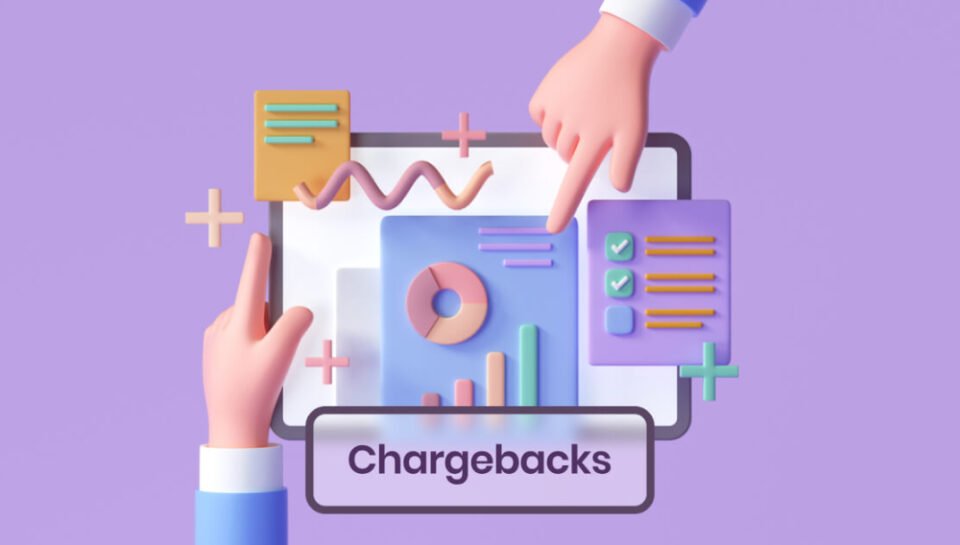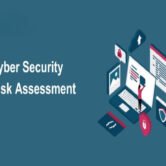
How do applications handle chargebacks and disputes within payment systems?
Detection and Notification
- The payment processor alerts the application or merchant when a chargeback is initiated.
- Notifications include the transaction ID, reason code, and dispute deadline.
- Systems log the chargeback event for internal tracking and case assignment.
- Real-time alerts are configured to ensure timely response by the support team.
- Applications flag disputed transactions to prevent further processing or refunds.
Dispute Evaluation and Case Management
- Internal systems retrieve the original transaction details and customer activity.
- Evidence is gathered to support the validity of the transaction.
- Dispute cases are assigned to support or risk management personnel for review.
- The case status is updated based on progression through dispute stages.
- Dispute histories are linked to user profiles for future risk evaluation.
Evidence Submission and Response
- Applications submit documentation such as order confirmations, delivery logs, and communication history.
- Screenshots, timestamps, and consent logs are included as part of the response package.
- API-based or portal-based submission methods are used to respond within the deadline.
- Consistent formatting and completeness of evidence improve the chances of resolution.
- Dispute status is tracked until the payment processor or issuer finalizes the decision.
Refund Handling and Account Adjustment
- If the chargeback is lost, the application reverses the payment amount and adjusts account balances.
- Transaction fees and penalties are recorded in financial logs and reports.
- User accounts involved in chargebacks may be flagged for review or suspension.
- Chargeback ratios are monitored to manage platform risk and maintain processor compliance.
- Refund duplication is prevented by reconciling refund and chargeback records.
Prevention and Policy Enforcement
- Clear refund and return policies are communicated in-app to reduce misunderstandings.
- User behavior is monitored for patterns indicating possible fraud or abuse.
- Customer support interactions are logged and used to de-escalate disputes early.
- Chargeback prevention tools and alerts are integrated with risk engines.
- Policies are updated based on trends in dispute causes and outcomes.





